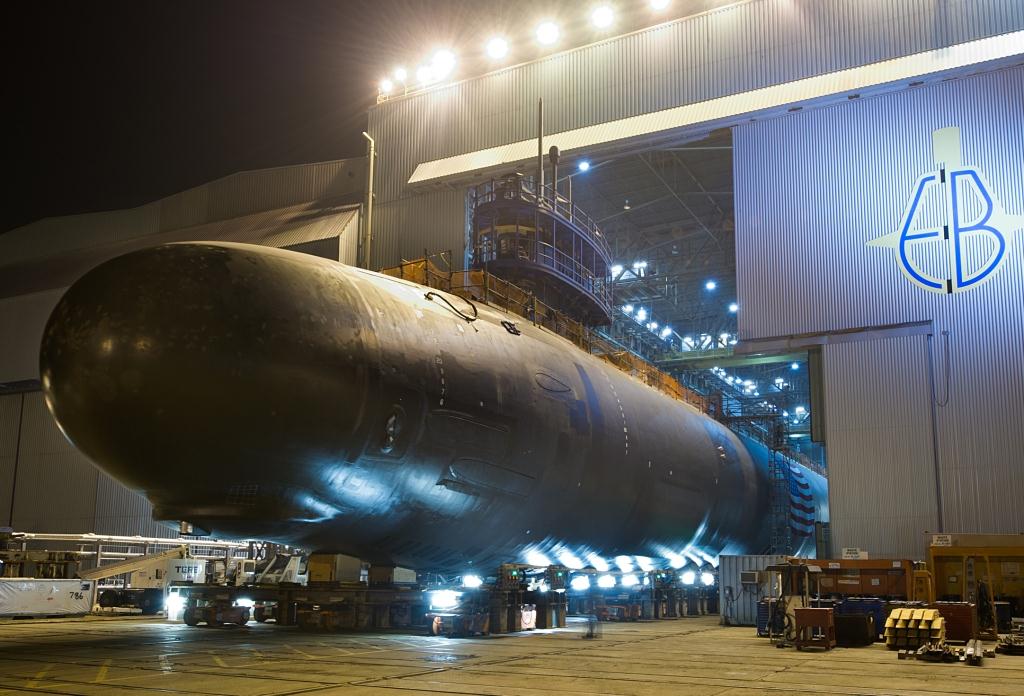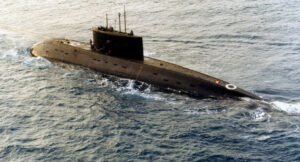House OKs More Subs, Pumps $250M More Into Industrial Base
Posted on
CAPITOL HILL: In the drama-free weeks leading up to Thursday’s overwhelming passage of the compromise $716 billion defense policy bill by the House of Representatives, lawmakers sent a pretty clear signal to the White House: we want more submarines.
With concerns rising over the growing prowess of Russian and Chinese undersea capabilities, and standoff air and sea defenses shutting off access to the littoral for large surface ships and many aircraft, both lawmakers and the Navy have said that they’ll need more subs — and more quickly — than previous plans allocated.
By a 359-54 margin, on Thursday the House delivered — and the Senate is expected to follow suit next week.
The conference report authorizes funding for two more Virginia-class submarines than the White House requested, calling for three subs a year in 2022 and 2023 as opposed to two, which would increase the number of new hulls built over the next five years to 12.
The bill also authorizes about $237 million more than the White House requested –$3.2 billion — to continue work on new Columbia-class submarines. It also plumps down an additional $250 million to strengthen the submarine industrial base as it scrambles to replace the current Ohio-class subs.
That extra money for the base is meant to ensure that smaller second- and third-tier suppliers can meet increased production demands for both the Columbia and Virginia-class submarine programs.
The report also tacks on a third aircraft carrier to the two requested by the White House, along with two more Littoral Combat Ships, calling for the Navy to build 13 new ships, as opposed to the 10 hulls the White House had requested. It also authorizes advanced procurement for the Navy’s nascent frigate program.
Rep. Joe Courtney, ranking member of the House Armed Services seapower and projection forces subcommittee, applauded the moves on Thursday. “My committee has heard the relentless drumbeat of anxiety and concern about the looming shortfall in our attack submarine fleet,” he said. “Without timely action by Congress, the Trump administration, and the Navy, the fleet will fall to just 42 submarines within the next decade.”
The two extra Virginia-class submarines in 2022 and 2023 “will allow us to seize the unique opportunity before us to insert additional submarines into our shipbuilding plan to mitigate the decline in the fleet size,” Courtney said.
The General Dynamics Electric Boat-made Columbia-class subs aren’t due to hit the water for another decade. The new Virginia-class Block V vessels will include the Virginia Payload Module and carry a price tag of about $3.2 billion each.
While there has been plenty of concern in the Pentagon and among NATO allies over the increasing wanderlust of the Russian submarine fleet — leading to the Navy to request an urgent transfer of $20 million for new sonobuoys— Chinese advances in undersea and standoff technologies have also spurred a sense of urgency on Capitol Hill.
A Pentagon study of Chinese military modernization last year noted that the People’s Liberation Army Navy currently possesses five nuclear-powered attack subs, four nuclear-powered ballistic missile submarines, and 54 diesel-powered attack submarines. The number of submarines is expected to grow to near 80 by 2020.
The Chinese military has also weaponized a series of small outposts in the South China Sea, cutting right through sea lanes which carry about $3 trillion in global trade each year. Not only has Beijing installed jamming equipment in the Spratly chain, but in May, the Chinese Air Force landed bombers on Woody Island, and appears to have shipped truck-mounted surface-to-air missiles on the island, and installed anti-ship cruise missiles in the Spratlys. So much for Xi Jingping’s promise not to militarize the islands.
Subscribe to our newsletter
Promotions, new products and sales. Directly to your inbox.



